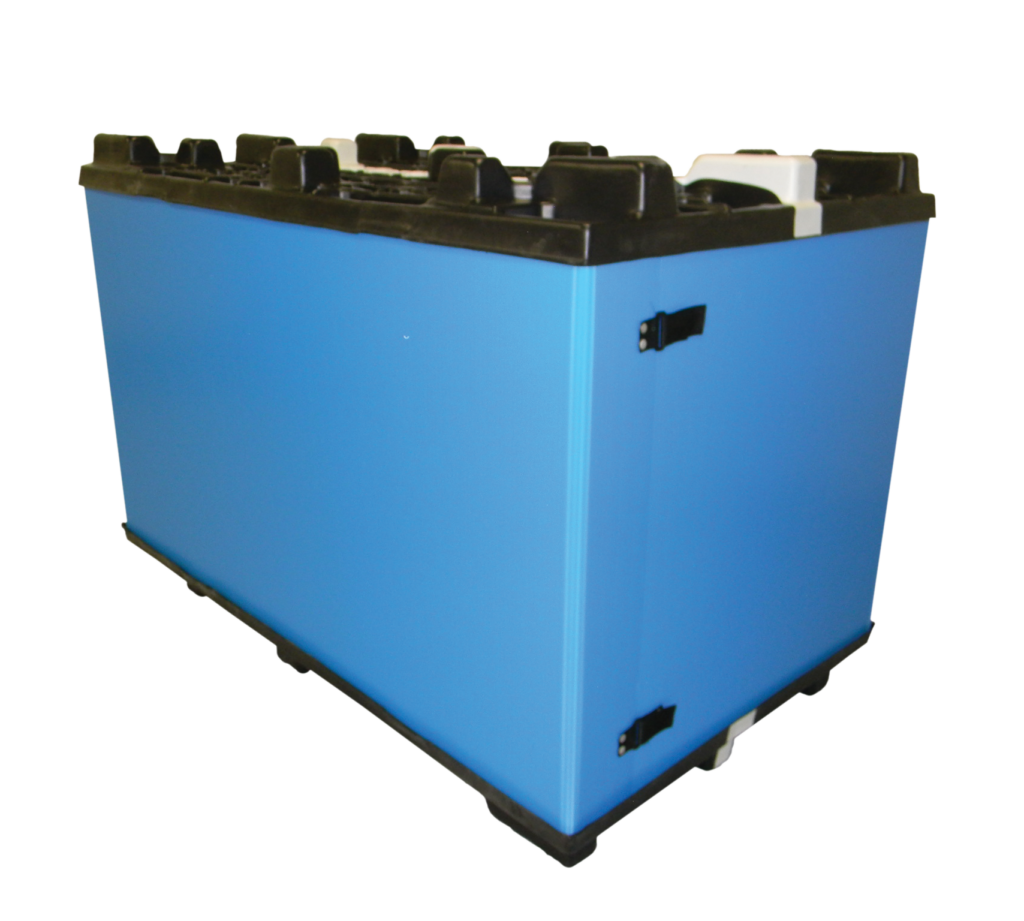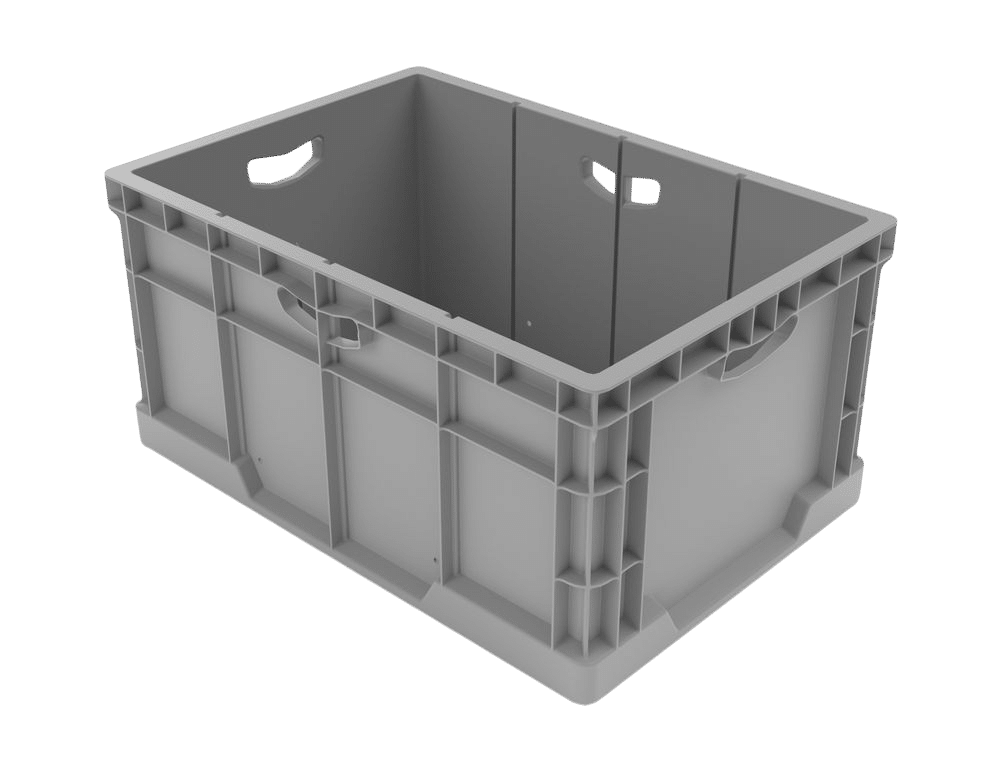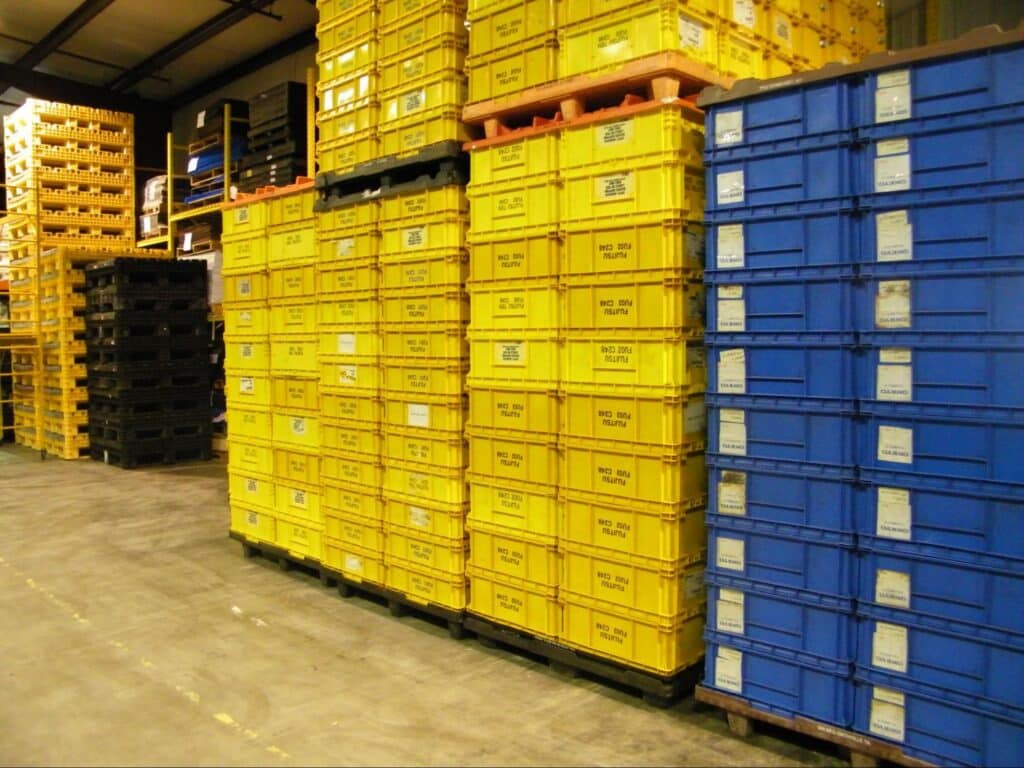Have you ever considered how a simple tweak in your bulk packaging could significantly reduce shipping costs and drive operational excellence? In today’s fast-paced logistics environment, an effective bulk packaging strategy is more than just protecting products; it’s a cornerstone of a streamlined supply chain.
When designed for durability and efficiency, packaging not only safeguards your goods but also cuts down on waste, lowers operational costs, and works in tandem with technology, inventory management, and transportation to prevent costly disruptions.
This guide is designed for logistics managers, procurement specialists, and business owners seeking to refine their supply chain. We will unpack the essential elements of successful bulk packaging strategies, from selecting durable materials to integrating designs with modern handling systems.
Whether you are new to the concept or looking to upgrade your current systems, this article offers clear, actionable insights to help you optimize your packaging strategy and boost your bottom line.
The Pillars of an Effective Bulk Packaging Strategy
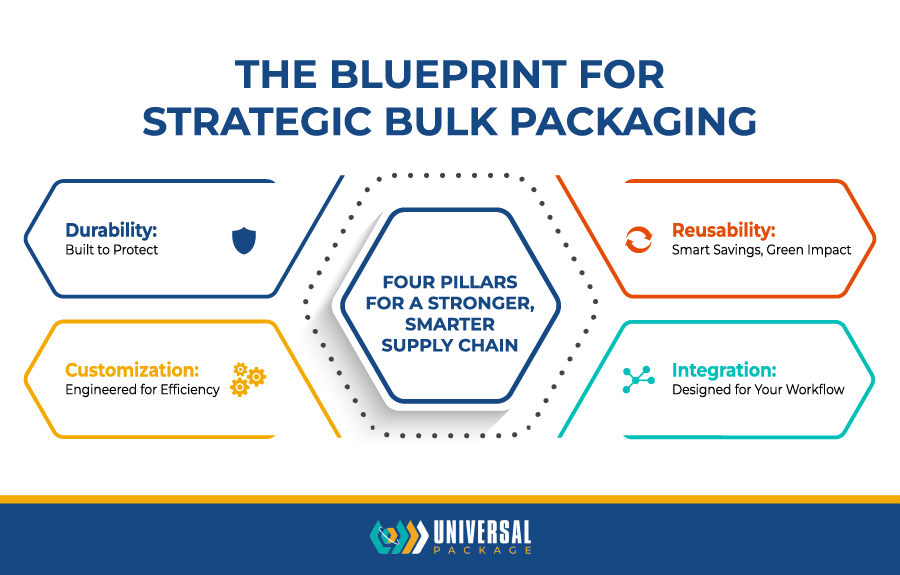
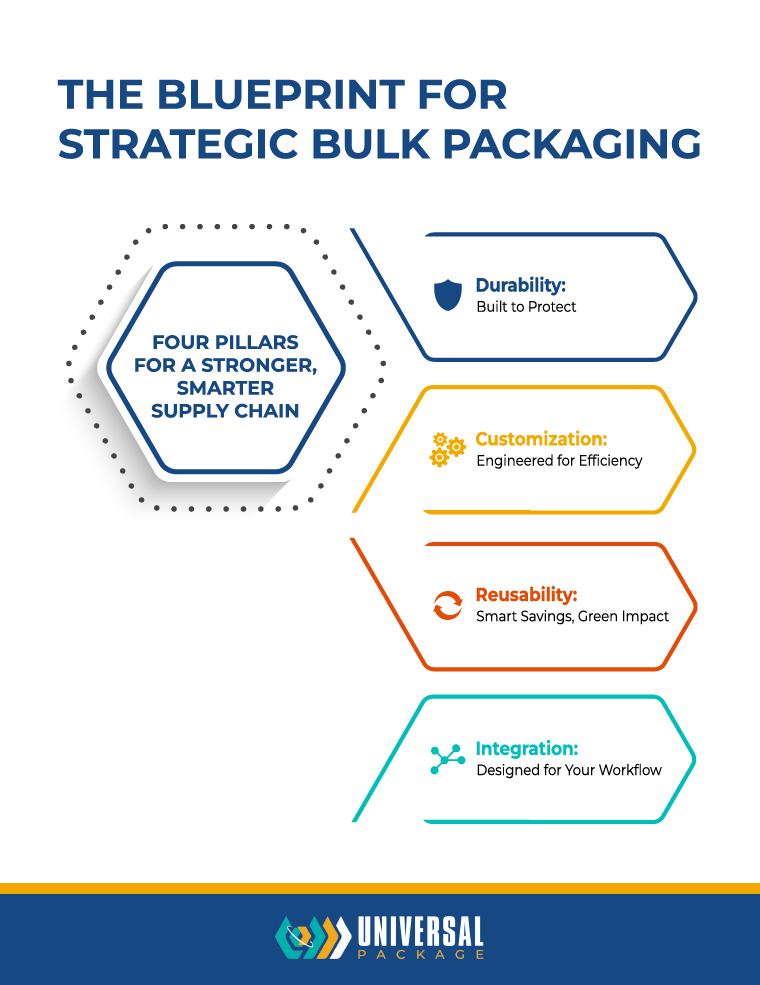
An effective bulk packaging strategy is built on four essential pillars that work together to protect products, optimize space, reduce costs, and streamline operations. By focusing on these core areas, businesses can transform their packaging from a mere necessity into a powerful strategic asset.
1. Durability for Superior Product Protection
The first pillar is durability, as choosing the right materials is crucial for ensuring product safety during transportation and storage. High-quality, durable materials are essential for withstanding rough handling, vibrations, and varying temperatures, which in turn provides superior product protection by minimizing movement and shock. This significantly reduces the risk of product damage. Material options include:
- Corrugated Plastic: A lightweight, durable, and moisture-resistant choice.
- Foam: Provides custom cushioning that molds around product contours to absorb shock, making it ideal for securing fragile items during transit.
- Metal (e.g., steel racks): Offers robust, heavy-duty support for bulky or heavy components.
2. Customization for Optimal Space Utilization
Because every business’s needs are unique, customization is a critical pillar for tailoring packaging to specific dimensions, weights, and handling conditions. The primary benefit of this approach is optimized space utilization. Custom solutions can be engineered to maximize storage and transit space through effective stacking and standardized dimensions, thereby streamlining inventory and warehouse management. This includes:
- Custom inserts or dividers for fragile or oddly shaped items.
- Unique sizes and shapes designed for non-standard products.
- Solutions like customized cut and weld containers that accommodate unique dimensional requirements while providing sturdy performance.
A customized approach not only minimizes handling errors but also optimizes overall workflow efficiency.
3. Reusability for Cost Savings and Sustainability
The third pillar is reusability, which provides significant long-term cost savings and reduces environmental waste. While durable, reusable options may require a higher initial investment, they save money over time by:
- Extending the lifespan of packaging materials, leading to fewer replacement cycles.
- Decreasing waste disposal and replacement costs.
- Enhancing overall supply chain sustainability.
Furthermore, utilizing clean and repair services can extend the lifespan of reusable packaging even further, maximizing the return on investment and reducing overall operating costs.
4. Seamless Integration with Handling Systems
Finally, a key consideration is the packaging’s compatibility with existing handling systems, whether manual or automated. Seamless integration ensures a smooth, continuous flow of goods and minimizes operational disruptions. This pillar requires that:
- Packages work efficiently with forklifts, conveyor belts, and automated guided vehicles (AGVs).
- Designs are stackable and stable, facilitating faster and safer loading and unloading.
- Structural integrity is maintained over repeated uses.
Solutions like lightweight plastic totes are designed to integrate easily with both automated conveyors and manual handling, reducing strain on operators. Well-integrated packaging can also be designed to adhere to strict industry and regulatory standards, ensuring both product safety and compliance.
Choosing Your Solution: Types of Bulk Packaging Strategies
Now that the four pillars of a strong packaging strategy are clear, the next step is selecting the right solution to bring those principles to life. Each type of bulk packaging excels in different areas, and the best choice depends on your specific product, handling process, and supply chain goals. Below are the primary types of solutions available.
Corrugated Plastic Containers
Favored across industries for their durability and versatility, corrugated plastic containers are a reliable all-around solution. As a material, it strongly supports the pillars of durability and reusability, as it is lightweight yet robust and resistant to moisture. Its stackable design maximizes storage efficiency, and it is easily customizable with added features such as lids, partitions, or handles, making it a strong candidate for Integration into controlled environments.
Foam Packaging Assemblies and Dunnage
When the pillar of durability through superior product protection is the absolute priority, foam packaging is an ideal option. It is the ultimate in customization for delicate or irregularly shaped items, as its key advantages include:
- Adapting seamlessly to product contours.
- Absorbing shocks and minimizing damage.
- Filling gaps efficiently, reducing the need for other filler materials.
For added protection, specialized foam packaging solutions can be designed to reduce transit-related risks for high-value goods.
Steel Racks and Metal-Based Packaging
For heavy-duty applications, metal-based packaging like steel racks represents the pinnacle of Durability and long-term Reusability. This robust solution provides superior strength, resistance to harsh environments, and optimized vertical storage capacity. Steel racks are highly adaptable and can be designed to accommodate large, bulky components while maintaining structural integrity over countless cycles, making them particularly advantageous for tasks demanding high structural integrity and seamless Integration with heavy machinery.
Plastic Bulk Containers and Sleeve Packs
Designed for high-volume operations, plastic bulk containers and sleeve packs are champions of Reusability and Integration. They offer long-lasting durability and a modular construction that simplifies stacking or nesting. Their consistent dimensions are specifically designed to streamline warehouse operations and integrate perfectly with automated systems, making them ideal for environments that require efficient and reliable handling.
Expendable Packaging for Short-Term Needs
When the pillar of reusability isn’t practical—for instance, in an open-loop supply chain where return logistics are difficult—expendable packaging offers a cost-effective alternative. These single-use solutions, often made from cardboard or molded pulp, are best used when:
- Quick, temporary shipments are required.
- Long-term durability is not a priority.
- There is a need to balance cost with environmental impact for short-run applications.
Putting It into Practice: Industry-Specific Applications
Bulk packaging strategies cater to a wide range of industries, each with unique requirements:
- Automotive Packaging Solutions: Protect components like engines and transmissions, ensuring safe transport within automated assembly lines.
- Electronics Packaging: Provides anti-static or foam-based cushioning for delicate circuits and sensors.
- Construction Packaging: Offers heavy-duty containers and racks suitable for bulky materials and tools.
- Medical Packaging: Ensures sterility and protection for sensitive instruments or devices.
- Military Packaging: Meets stringent defense requirements, including secure dunnage and high-impact resistance.
- Pharmaceutical Packaging: Maintains integrity of temperature-sensitive or fragile medicinal products.
- Trade Show Packaging: Protects high-value displays, booth materials, and fragile promotional items during frequent transports.
The Bigger Picture: Logistics and Sustainability
An intelligent bulk packaging strategy has a profound impact on the broader logistics network and a company’s environmental footprint. These two goals—operational efficiency and sustainability—are not separate; they are deeply interconnected, creating a more resilient and responsible supply chain.
Enhancing Logistics for Transportation and Storage
An efficient packaging strategy must address challenges across the entire supply chain. From transit to the warehouse, packaging plays a crucial role:
- Safe and Efficient Transportation: Effective packaging minimizes transit damage with features like durable cushioning materials to absorb shocks, secure fastening systems to keep items in place, and stackable designs to maximize space utilization.
- Optimized Storage and Inventory Management: In storage, stackable and modular designs allow for optimal use of warehouse space. Standardized dimensions and clear labeling simplify inventory processes, leading to more accurate tracking and faster retrieval of goods.
Driving Sustainability with Greener Practices
This drive for logistical efficiency aligns perfectly with the growing necessity for sustainability. Reusable materials such as robust plastics and metals reduce environmental impact by extending the lifecycle of packaging, which lowers raw material consumption and minimizes waste. Several factors are accelerating this shift:
- Regulatory Mandates: Increasing government policies favor recyclable and biodegradable materials.
- Container Return Programs: These initiatives minimize waste by encouraging the reuse of packaging materials in a closed-loop system.
- Innovative Materials: Advances in eco-friendly packaging materials are steadily reducing environmental impacts without sacrificing performance.
The Future of Bulk Packaging Strategies: Innovations and Trends
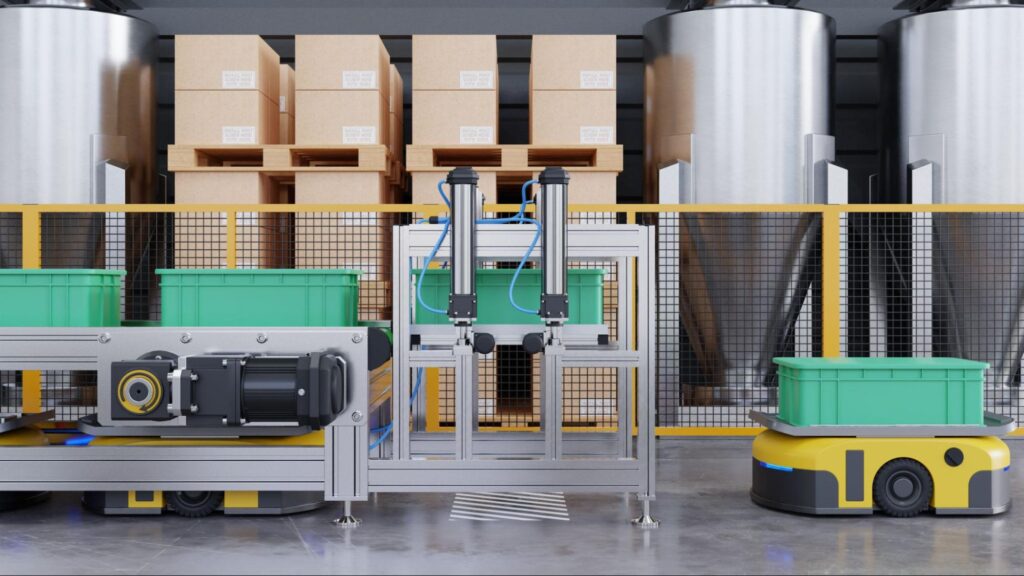
Technological advancements are revolutionizing bulk packaging, paving the way for a future that is more intelligent, resilient, and sustainable. As distribution challenges evolve, these key innovations are shaping the next generation of packaging solutions, ensuring they remain high-performing and efficient.
Key trends include:
Smart Packaging and Artificial Intelligence
The integration of technology like RFID tags and sensors is enabling real-time tracking, enhanced inventory management, and condition monitoring. Looking ahead, the increased adoption of artificial intelligence (AI) will leverage this data to proactively monitor and optimize packaging performance, predict maintenance needs, and provide dynamic insights for decision-making.
Advanced Material Development
Innovative material science is extending the capabilities of bulk packaging. New coatings, composites, and nano-materials are improving resistance to temperature, humidity, and physical stress, extending the lifespan and performance of containers. This development focuses on two goals: providing superior strength and flexibility to meet modern industry standards, and reducing environmental impact through improved recyclability and the creation of new eco-friendly materials.
Deepened Integration with Automation
Modern packaging is already designed to work seamlessly with automated systems like conveyor belts and AGVs to reduce labor costs and human error. This trend will continue to evolve with enhanced system integration, ensuring that packaging remains efficient and easily adaptable to the next generation of robotics and future technological changes in the warehouse and on the assembly line.
These innovations promise to help companies maintain peak operational efficiency while adhering to evolving sustainability standards, ensuring packaging remains a key strategic asset for years to come.
Implementing Your Strategy: Key Considerations for Success
A sustainable, long-term approach to bulk packaging goes beyond immediate savings. Key strategic considerations include:
- Performance Metrics and Feedback: Establish clear performance measures and perform regular audits to identify areas for improvement.
- Employee Training: Ensure that teams are trained in the latest packaging technologies and handling practices to maintain excellence during system upgrades.
- Digital Integration: Utilize real-time data and advanced digital tools for dynamic decision-making, boosting operational efficiency.
- Risk Management: Develop contingency plans to mitigate risks associated with packaging failures and avoid potential disruptions.
- Continuous Improvement: Update packaging protocols regularly to align with technological advancements and regulatory changes, ensuring strategies remain effective and compliant.
Advantages of Partnering with Universal Package for Bulk Packaging
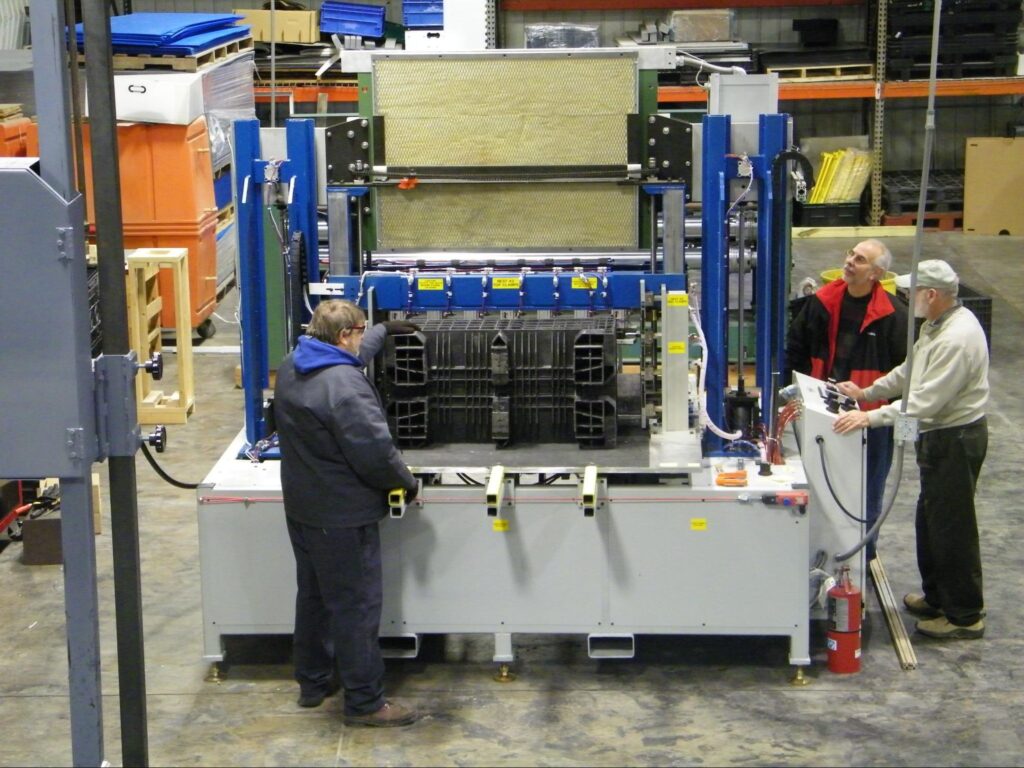
Partnering with Universal Package offers businesses tailored, innovative, and reliable packaging solutions. Key benefits include:
Tailored Solutions for Industry-Specific Requirements
- A diverse range of custom products—from lightweight plastic containers to robust metal solutions—designed to suit specific operational needs.
- Packaging solutions that integrate with existing workflows to enhance efficiency and safety across industries, from automotive to pharmaceuticals.
Expert Guidance and Comprehensive Lifecycle Support
- Decades of industry experience translate into innovative designs supported by comprehensive after-sales services.
- Ongoing maintenance, repair, and flexible leasing options help ensure that your packaging solutions remain effective throughout their lifecycle.
Proven Expertise and Commitment to Quality
- Advanced manufacturing techniques and rigorous quality control processes ensure every product meets high industry standards.
- Continuous innovation and a commitment to excellence position Universal Package as a trusted partner in optimizing your packaging strategy.
The Strategic Edge: Maximizing Success with Bulk Packaging
In today’s competitive landscape, efficient bulk packaging is essential for reducing costs, safeguarding products, and streamlining operations. By focusing on durable materials, tailored customization, cost-efficient reusability, and seamless integration with handling systems, companies can significantly enhance their supply chain performance while promoting sustainability.
Universal Package distinguishes itself by delivering state-of-the-art, eco-friendly packaging solutions that are designed for specific industry needs. Transform your logistics and secure your operational future by exploring tailored bulk packaging solutions with Universal Package.
Take the next step and contact the Universal Package team for personalized guidance on how to revolutionize your packaging strategy.


